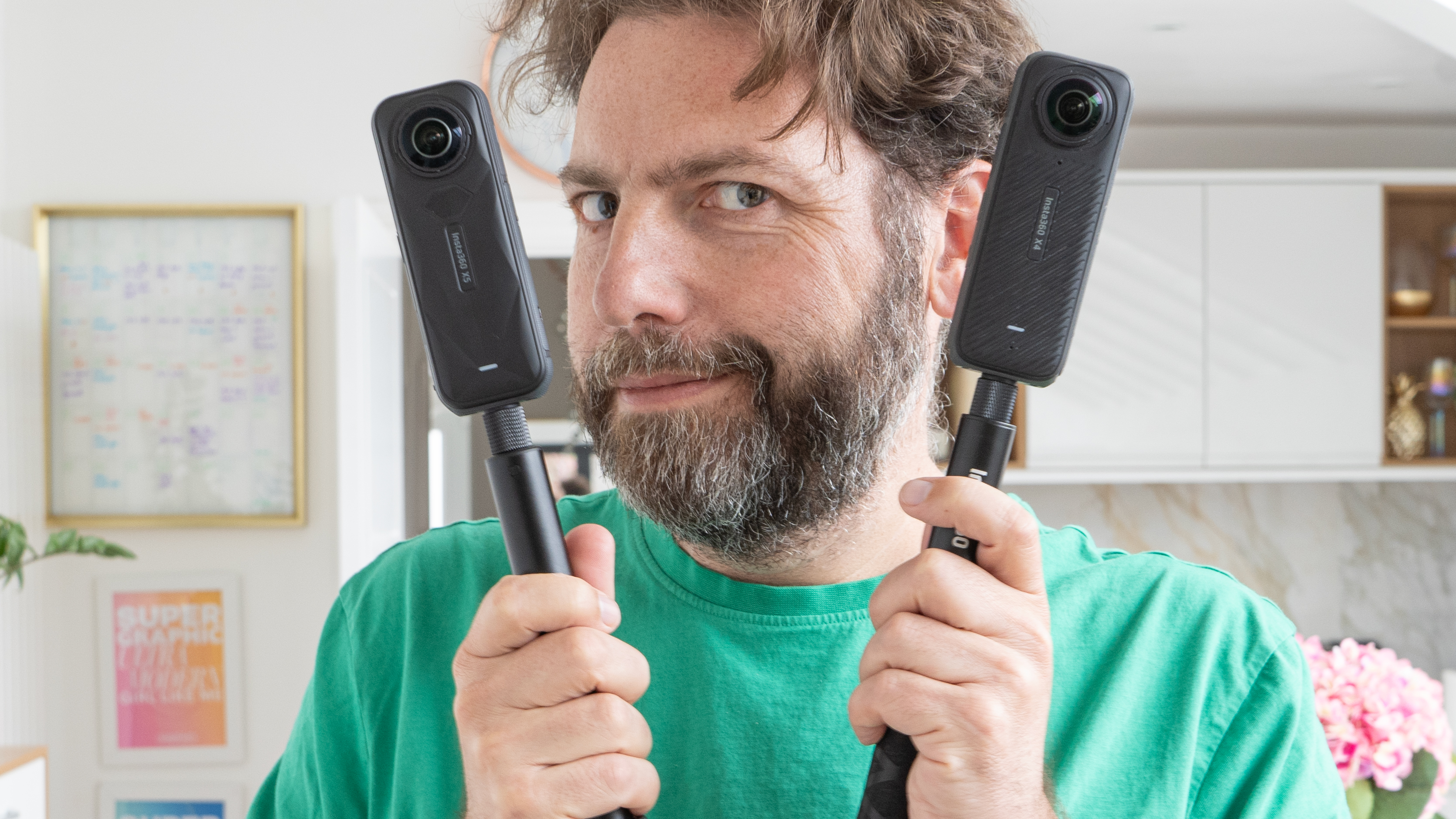Shoot like a pro: In The Spotlight
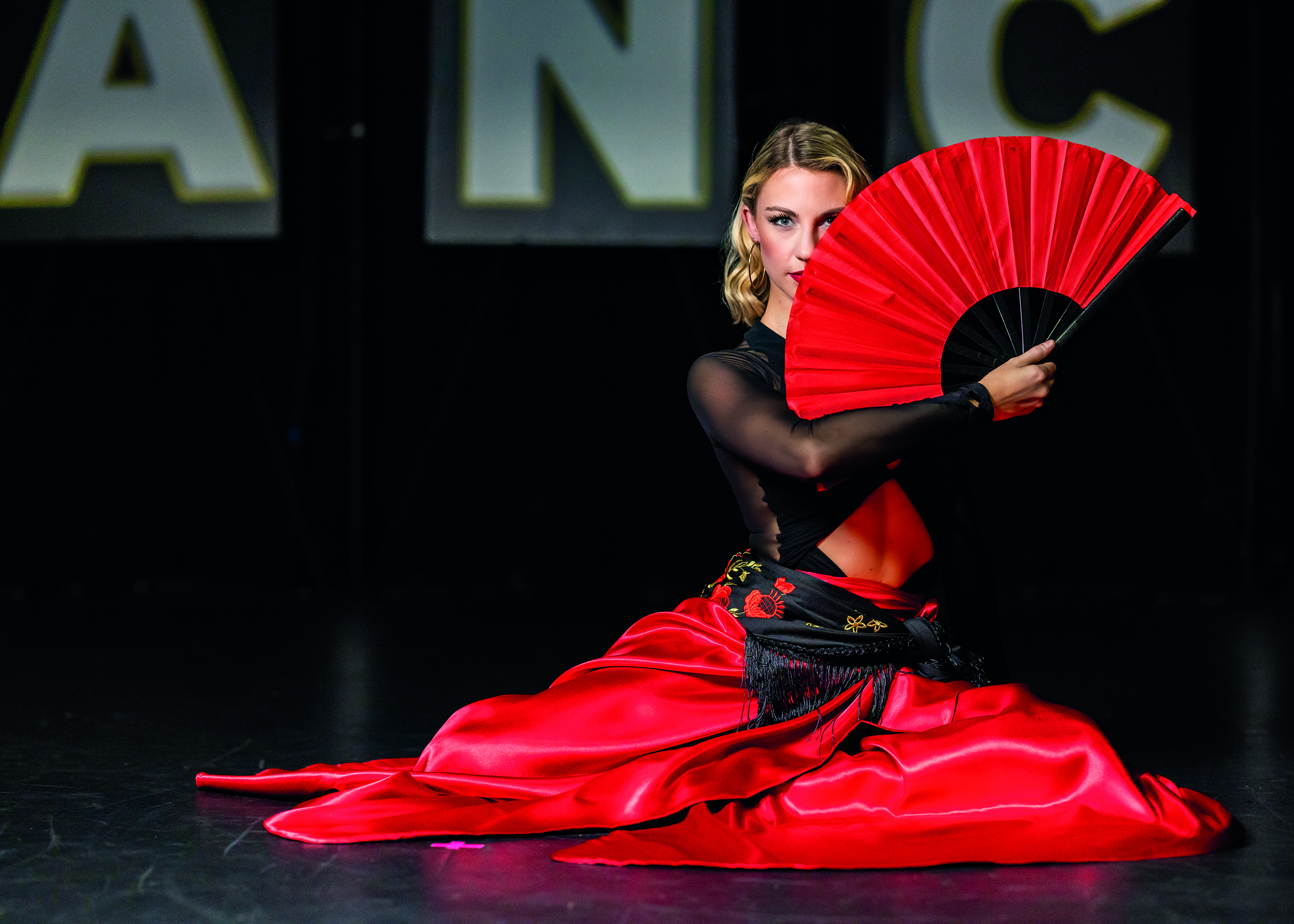
Getting the camera settings right and clicking the shutter might be the easy parts of the photographer’s job, but to be able to convey genuine emotion in a still image takes real skill. As the American photographer David Alan Harvey once said, “What we need is interpretation and inspiration. We don’t need to know what it looks like, but what it might mean and what it might feel like. We need images that speak to a deeper part of our humanity than the thirst for details.”
That’s exactly what portrait and event photographer Vince Preston does. Aiming to portray his clients and their services in the best possible light, Vince doesn’t just capture faces but also tells a story and builds a visual connection with the viewer.
For some photographic genres, capturing more than just what the subject looks
like is essential. This is especially true for photographers who work with clients to promote businesses that represent a particular lifestyle or feeling. There is no better advertisement than to convey the atmosphere the customer experiences – and that often means shooting on location, which brings a whole new set of challenges for the professional photographer.
“The connections you build make a portrait and not just a picture”.
Vince Preston
As a photographer, there are many challenges when working with clients on location. You need to be able to adapt to unfamiliar environments, as well as being flexible and spontaneous and making sure to pack your kitbag with gear that’s suitable for various scenarios. Upon meeting Vince, I ask him what his priorities are. “On every photo shoot or portrait session I do, I set out to create a story, not just a picture,” says Vince. “To do this, I use what’s around me to create a narrative.”
Leaving the comfort zone of a photo studio for an on-location shoot means dealing with unpredictable lighting, limited perspectives and angles, and the extra responsibility of handling clients and their particular demands. The choice of location is also important, as it is crucial to select somewhere that reflects the service or product you are shooting.
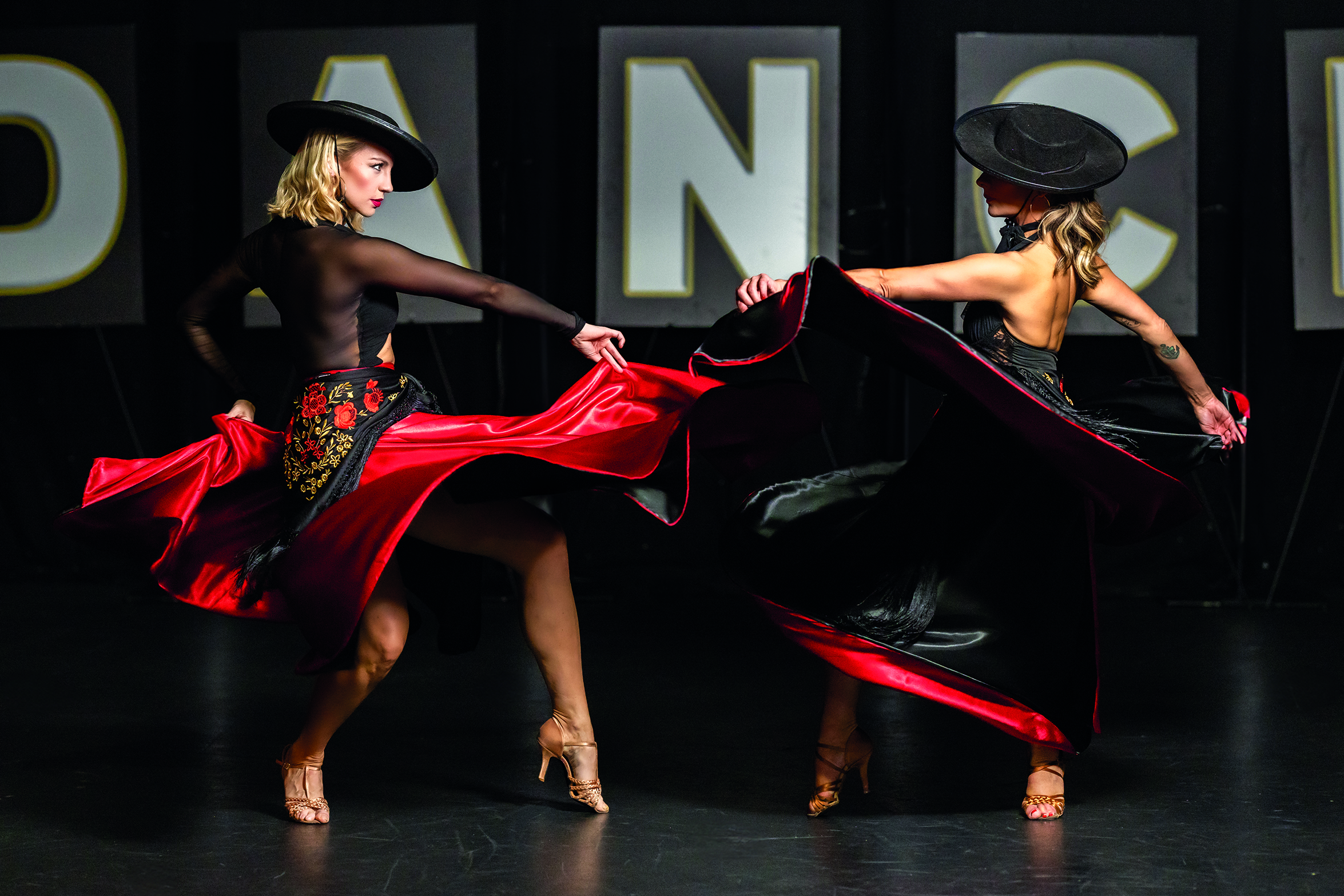
Working in a range of environments means Vince needs multifunctional equipment, so what are the must-haves in his kitbag? “I work with two mirrorless Canons,” he says. “I like seeing a true preview of reality through the viewfinder. Compared with DSLRs, it’s a quicker and smarter way to shoot.”
For the past two years, Vince’s main camera body has been the Canon EOS R5. “I also have a Canon EOS R. I use both but the R5 is my go-to, especially when I shoot in low-light situations,” he says. “This camera performs well, even when I need to push the ISO value higher. The dual card slot allows me to shoot RAW on two cards, which gives me peace of mind.”
Given that he is likely to have limited time to switch them out when photographing his clients in action, I am interested to know which lenses Vince uses. “My everyday camera bag always has a 28-70mm f/2 lens and an 85mm f/1.2 lens. The two lenses cover me for almost anything from weddings to portraits and even event photography,” he says.
According to Vince, having a backup plan that includes a variety of lenses is essential for delivering the brief. He tells me about his experience of a job where he was hired to shoot headshots for a commercial brand. “The brief was clear, so I packed the 85mm lens, as I usually do. But when I arrived at the venue, I realised it was way too small to use this lens. So I had to use my second optic, the 28-70mm, instead.”
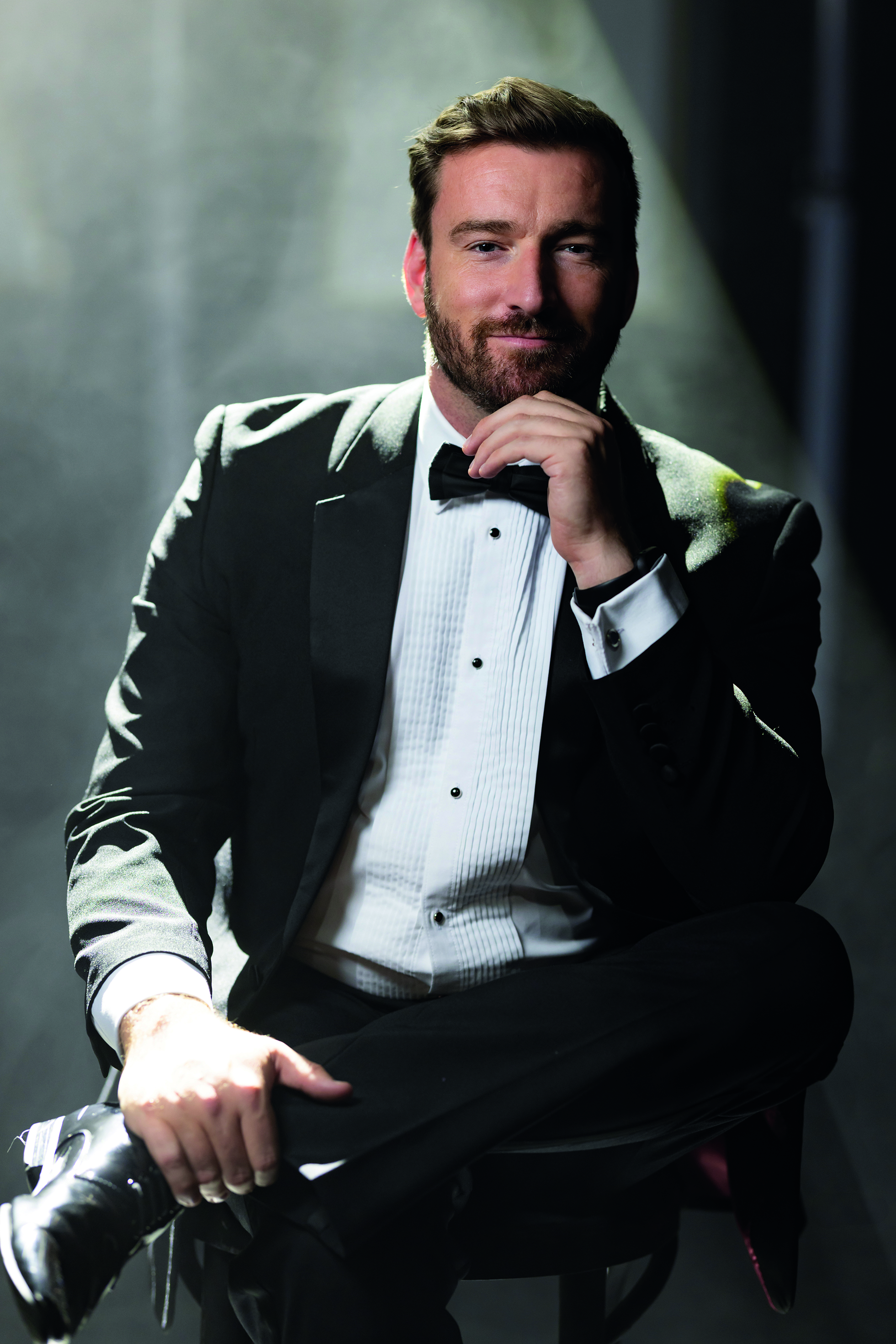
On location, photographers have many more factors to plan for, especially when capturing once-in-a-lifetime events, such as weddings or West End stars on stage. Here, Vince stresses the importance of preparation. “You can never have too much kit for shoots like that,” he says. “The weather and the environment are always variables, so I make sure to pack two or more memory cards and extra batteries.”
Before heading to the location, Vince double-checks that he has packed his kitbag. “Then I always go over the brief once again and map my route to make sure I’m on time,” he explains. When shooting in new environments, Vince makes sure to check not just the route but also the parking situation. “Parking is one of my main concerns, as I need to carry the kit to the location as well.”
The shoot we’re covering today is for the show The Magic of Dance. “I have the pleasure of capturing incredibly talented people and even a world champion,” Vince says, excitedly. West End stars Vincent Simone, Faye Huddleston and Victoria Martin are among the performers, along with Ian Waite, a professional British dancer, teacher and choreographer, and singer Jai McDowall, who swapped his microphone for dance shoes.
It’s clear that this is anything but a ‘normal’ portrait shoot, one that calls for action, emotion and drama. It also provides Vince with several challenges, including the lighting and having to freeze the dance moves of the pros. “The lighting will be the key for this shoot,” he says. “I knew I was going to photograph them on stage, which can be tricky, so I packed my Profoto B10 lighting system, a beauty dish and a softbox. It’s an effective light system but also practical to transport around.”
Vince's shoot setup
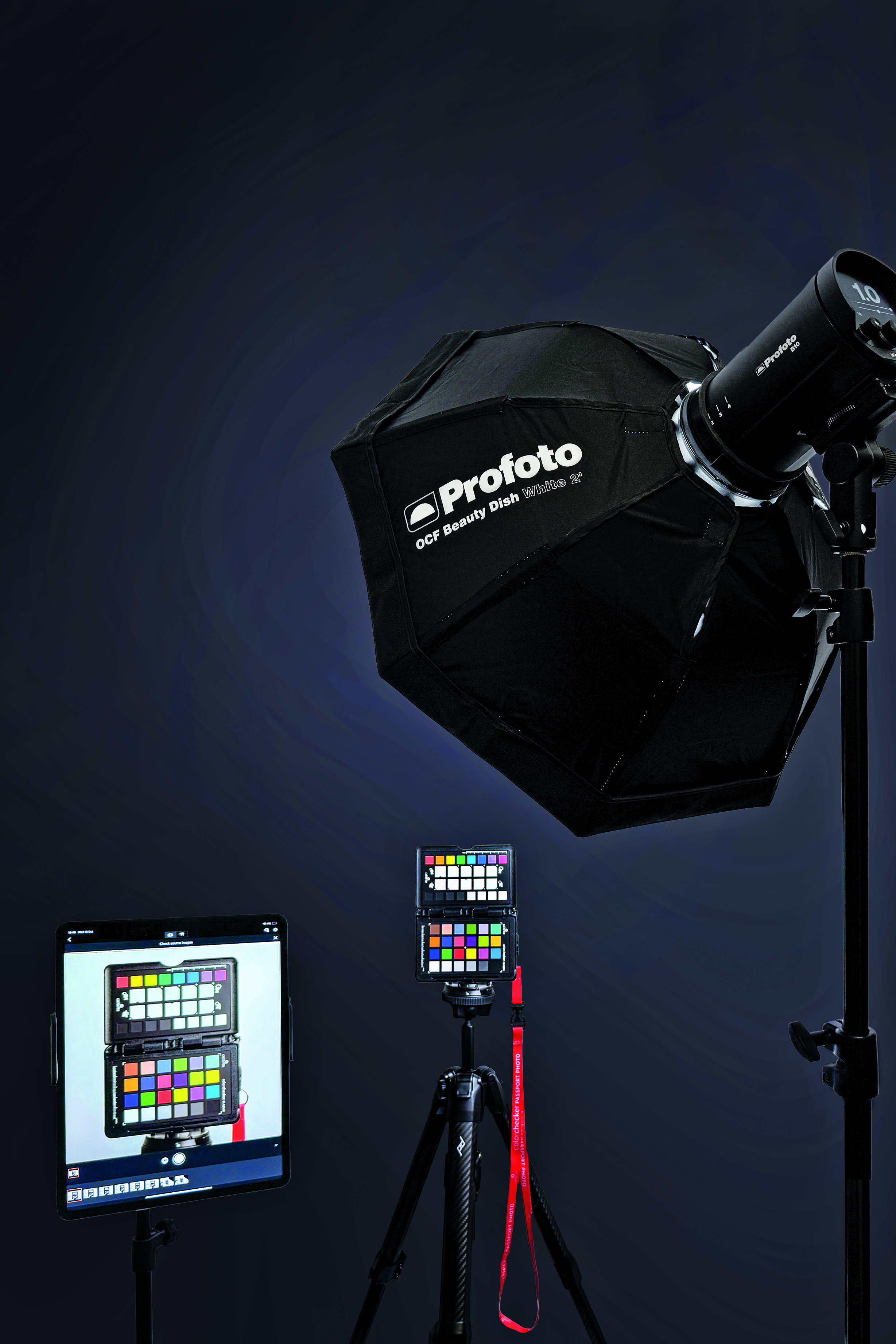
1) Portable lighting system
When shooting on location, a pro lighting system such as the Profoto B10 is key. For this shoot, Vince used an OCF Beauty Dish, which is just one of the more than 120 lighting shaping tools available for this system. For the portraits, Vince positioned the beauty dish at a 45-degree angle to the right side of the dancer. This lighting technique provides the subject with extra depth and enhances the quality of the lighting on both skin and clothes.
2) Stage lighting
If he has the opportunity, Vince likes to involve people such as lighting or sound engineers in his shoots. During The Magic of Dance shoot, he integrated the stage lighting by using a beam of light to provide backlighting for his subject. Although working with new light setups on location can be challenging, the unique and impressive results are often worth the extra effort.
3) Colour Checker Passport
This tool helps Vince to manage colours in the best possible way, ensuring that
the colours in his images are true to reality. This is important when it comes to portraits and skin colours. Here, Vince uses a technique called subjective colour calibration. After setting his file format to RAW and adjusting the lighting, he captures a test image with the colour checker placed in front of the person.
4) Display Monitoring
Vince uses a tablet PC to display the colours in the scene, enabling him to oversee the entire process with precision. The device is connected to an app that detects the true colours of the scene using the colour checker passport. Vince saves his reference sample to a specific colour profile, which makes colour editing in Lightroom much easier.
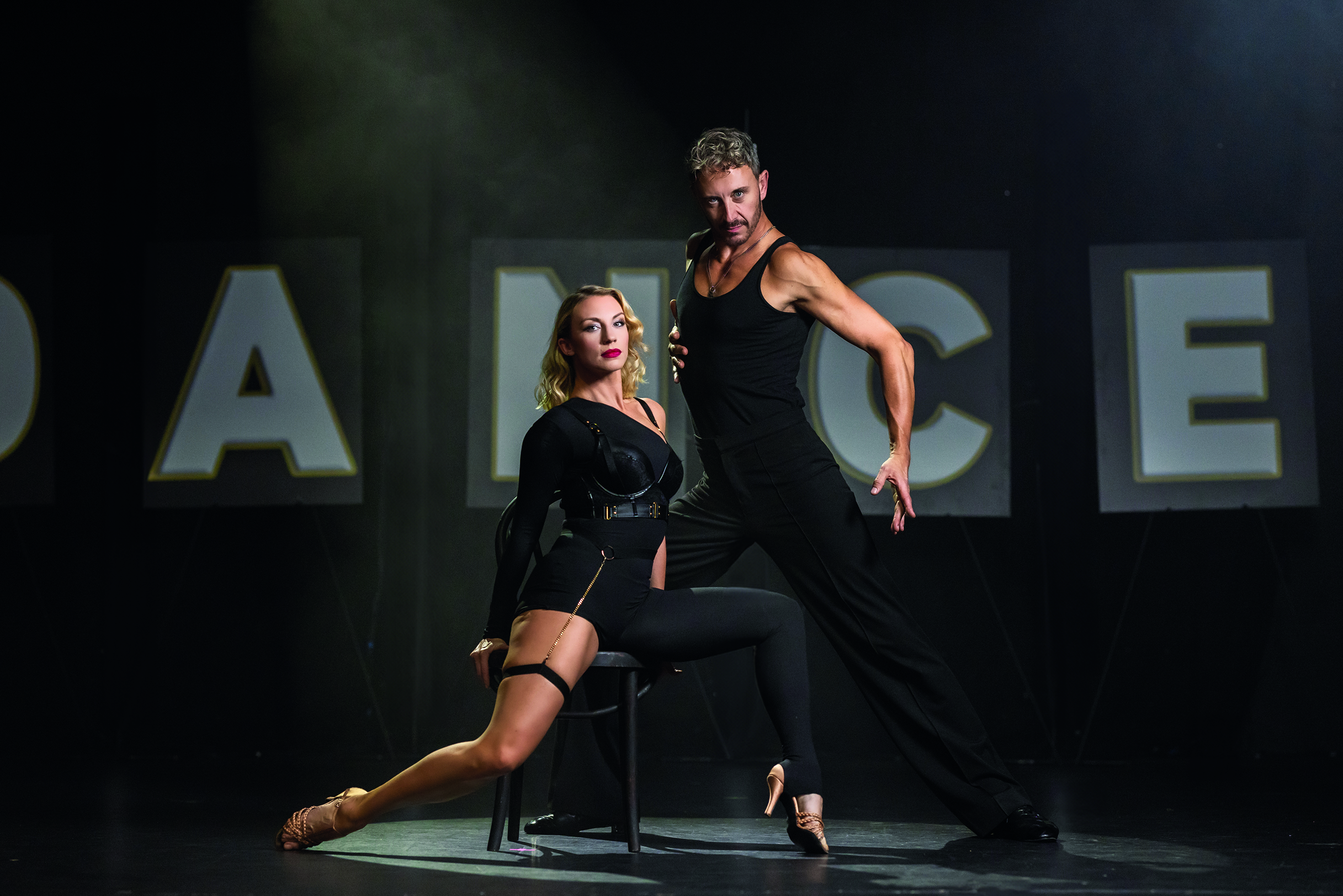
Vince only has one hour to shoot both still portraits and action dance scenes. With such limited time, what are his priorities? “I always spend time with the people I am going to capture. I think this is one of the most important things a photographer needs to do. Even if it’s just a few minutes asking about their day, finding that common ground really does make the shoot work for me,” he says.
“Not only does the person become more relaxed, but it is visible in the photos as well. You can see it in their eyes, this connection you built up, which makes a portrait and not just a picture.” Vince is fortunate enough to have met the dancers previously when they discussed the shows and what inspired them to dance.
Pro Tip: When shooting customers in action, Vince makes sure to shoot in Drive Mode/Burst Mode. With this setting, the camera captures multiple frames in just one second.
Vince knows how to be confident
Vince offered some solid advice on achieving a more self-assured mindset. "The first thing to do is to tell yourself that it’s okay to fail. I can’t count the number of times I have failed, but failing means that you learn how not to do something and the ways you can do it better. It’s okay to be frustrated as long as you learn from it and move forward. Go out and create – shoot something that matters to you and that you’re passionate about. If you aren’t into the genre, it will show in your work."
Don’t follow someone else’s path, instead figure out your niche. In today’s world, it’s easy to get caught up with social media and the competition for likes and followers. But comparing yourself to others is a waste of time and energy. We are all creatives in different stages, so concentrate on your achievements."
Vince Preston
He also advises that it's great for photographers to look back at their past work to see how far you’ve come and be proud of what you’ve accomplished. "Then you can say, ‘Wow, look at me now’. That’s what keeps me going.” he says.
As Vince predicted, the biggest challenge on stage is the lighting, as this is crucial for the atmosphere and getting sharp images of the fast-moving dancers. “Dance is a form of storytelling and drama. To bring this to life, you have to work with everyone on location, from the lighting technicians and sound engineers to the owners of the venue. They know what’s possible and can help you to achieve the image you are after,” he explains.
Vince shared ideas with lighting engineer, Paul Tarr, who recreated the lighting from each scene of the show. “I’ll set up my B10 lighting strobe with a beauty dish. I want to keep the atmosphere and vibe of the venue. Having only one light directed onto the subject is key to that drama while not over-lighting the subject.” With this setup, Vince makes the stage look three-dimensional, so the viewer gets the feeling of being on stage with the performers.
As Vince dials in his camera settings, his priority here is to nail the focus with the dancers in action under the atmospheric lighting. Vince uses his 85mm f/1.4 lens, which offers a great aperture for low-light situations, mounted on the Canon R5. He sets the focus to Eye Tracking but switches to Continuous High Shooting and capturing 20 frames per second, which is enough to keep up with the dancers. “I’m able to capture every shot with pinpoint results and still keep that feeling of drama,” he says.
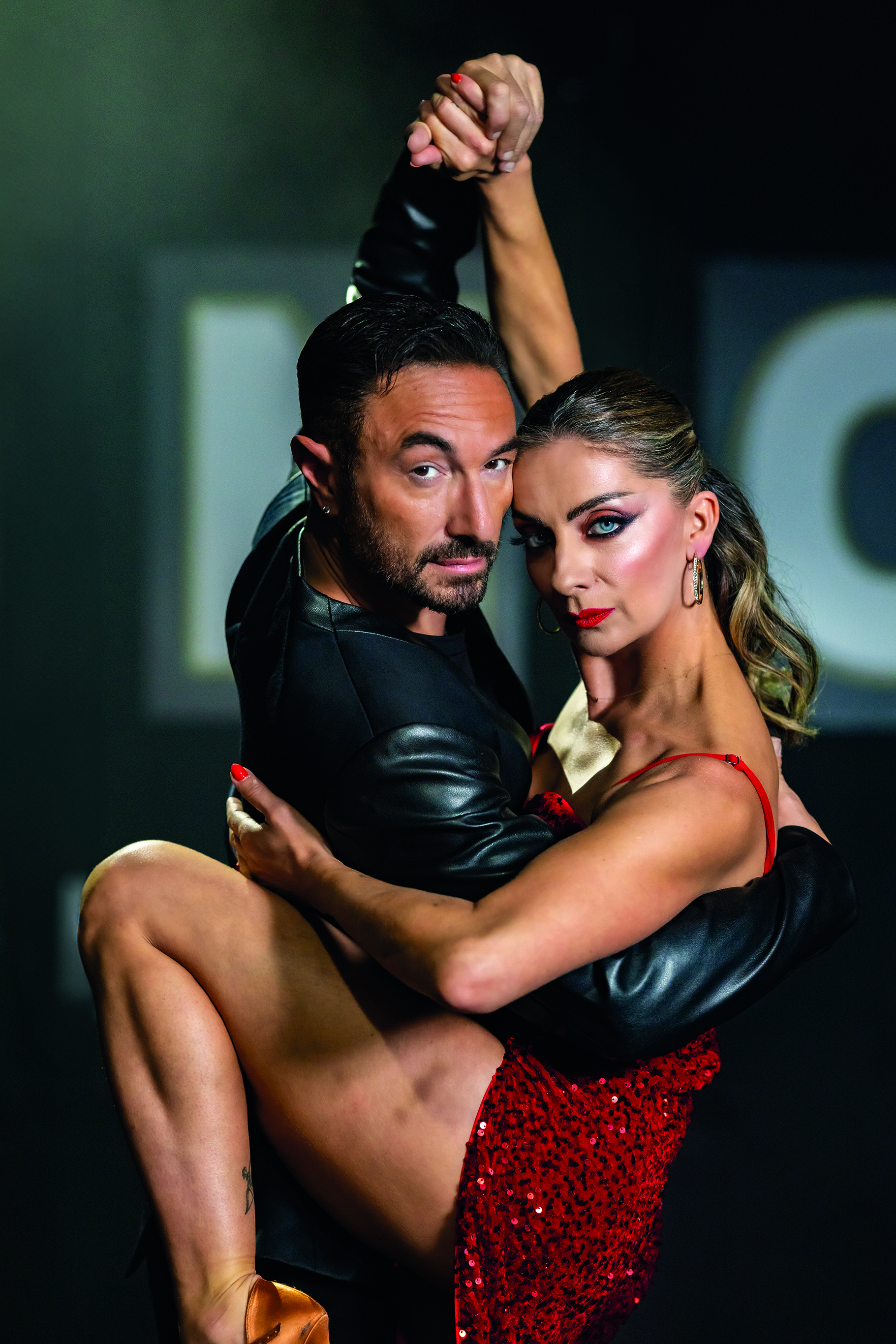
On location, shooting days can be long, and it’s now around eight hours ago that Vince started preparing his gear, his route and his parking spot. However, he now has the final shots on his memory cards. “Despite the long hours and the preparation, the shoot was worth it,” he says. “It was an enjoyable experience, not only for me but I also received great feedback from the dancers. They had an amazing time and told me the shoot felt natural. Without these amazing people, this shoot could not have happened.”
Before we go our separate ways, Vince shares some advice for aspiring photographers. “The most important tip – and what got me where I am today – is to be nice to everyone you meet and to give the best experience, even when you’ve had a bad day. Your attitude affects your customers. Prepare, communicate, focus and have a great time!”
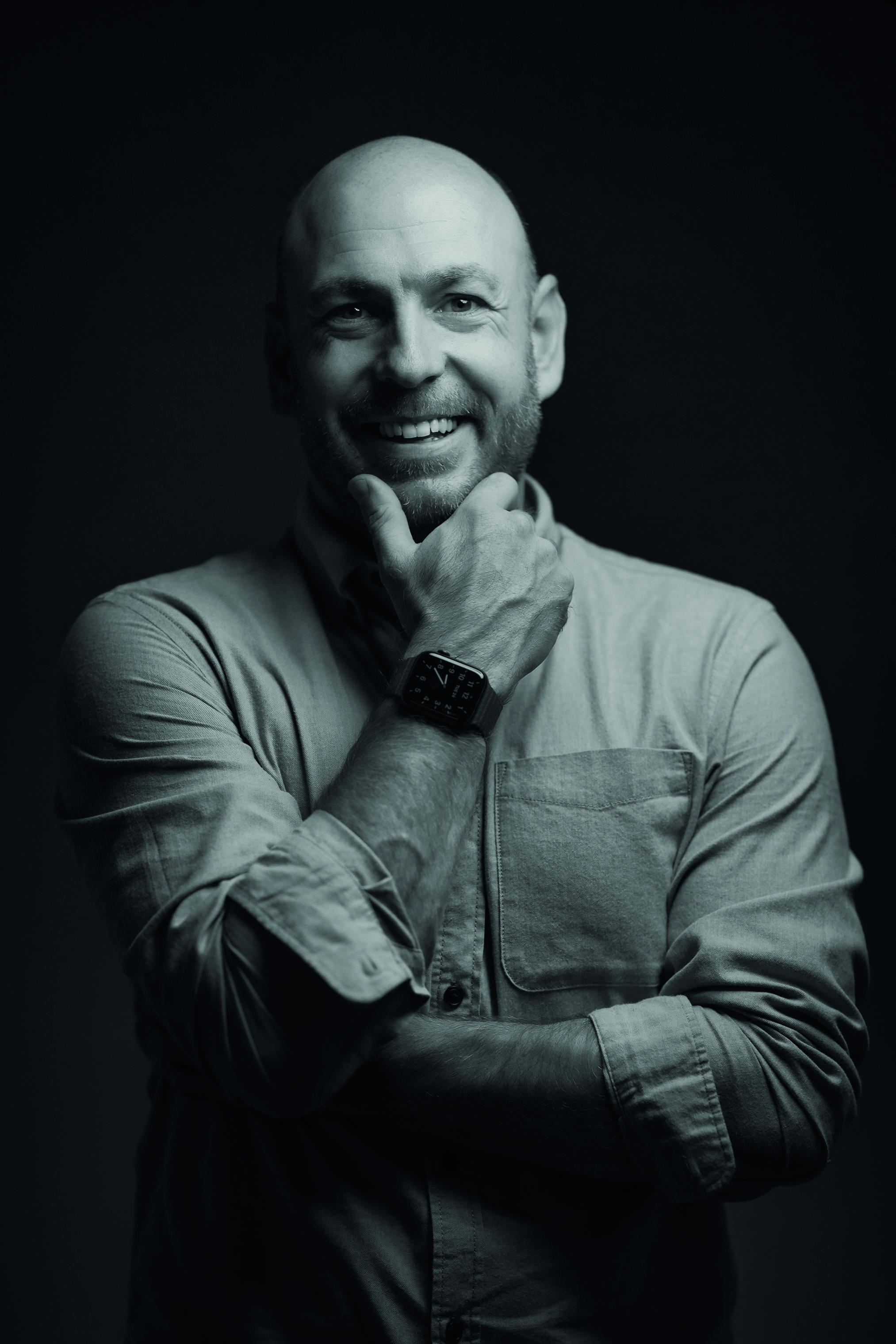
Vince is a self-taught photographer based in Leicestershire, UK. In 2019, he started running his own business shooting family portraits and weddings and now has an impressive list of customers, including high street brands, commercial clients, celebrities and West End stars. This year, Vince won the Best Corporate Events & Wedding Photographer 2023 at the Midlands Enterprise Awards.
Vince's gear
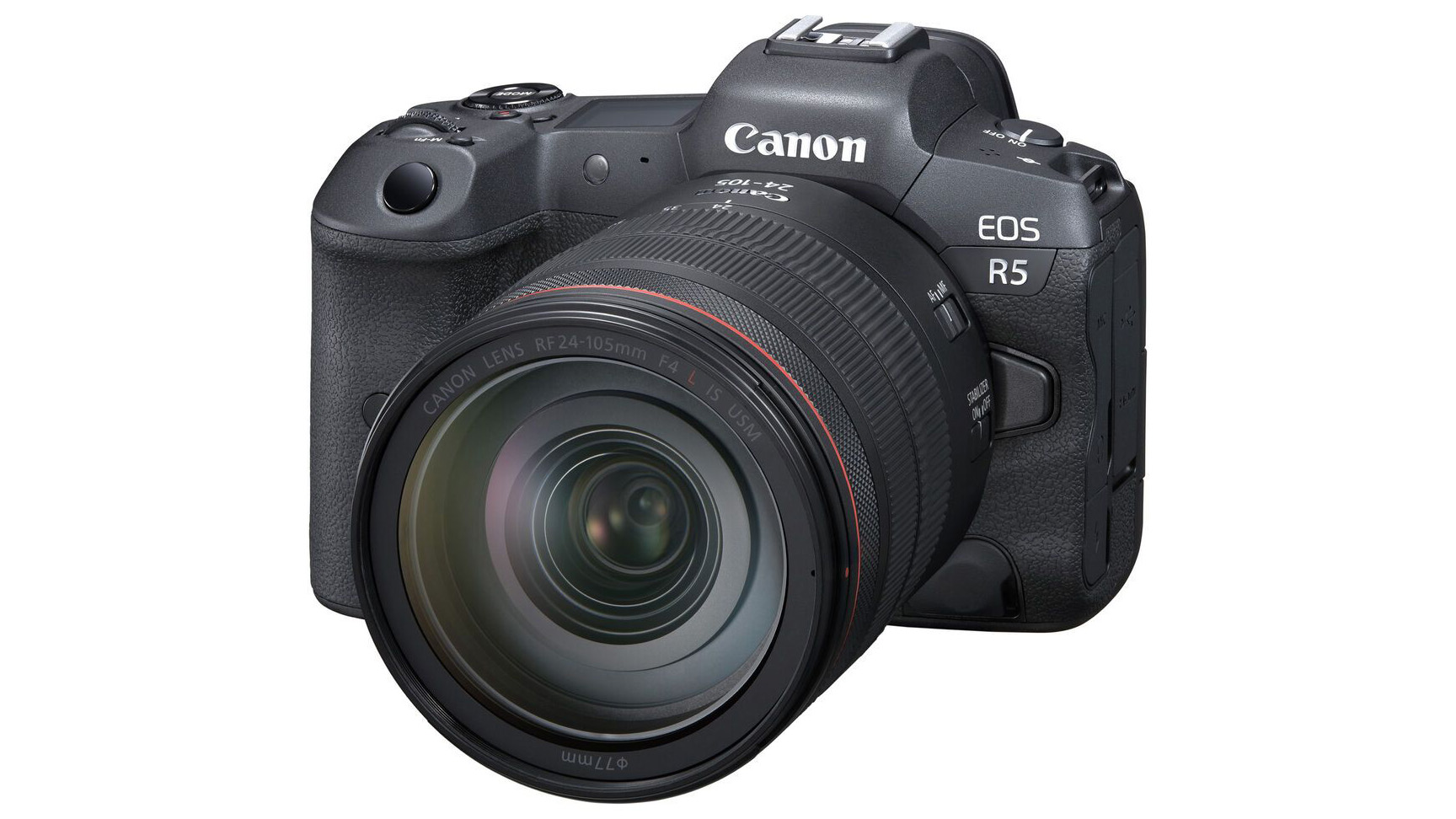
Main camera
Vince currently shoots with the Canon EOS R5 as his main body. The EOS R’s form, and EOS 5D’s function, combined with the pro-grade AF of the EOS-1D X, make this body great for hybrid shooters. The body performs well at high ISO settings, giving Vince more flexibility in low-light situations.
Lenses
Vince’s go-to lens is the Canon RF 85mm f/1.2L USM, which is the ideal length for portraits with minimal distortion. The f/1.2 aperture allows enough light to enter the sensor for low-light scenes and creative bokeh without sacrificing image quality. He also uses a Canon RF 28-70mm f/2L USM, which is a versatile lens that allows Vince to adapt the composition in any situation. It rivals up to four separate prime lenses without compromising on sharpness and is especially useful for event photography.
Profoto backpack
When packing for a photo shoot, Vince needs a backpack to protect his kit in transit. It also needs to be practical when working in busy locations. This bag provides individual storage for each kit piece to make gear access easy.
Profoto B10 light
Vince uses Profoto lighting systems, mainly the B10. This versatile system comes with continuous light and colour adjustment features. Battery-operated and rechargeable, it eliminates the need for cables on shoots.
SanDisk Extreme Pro
A reliable and fast memory card is vital. Vince needs a minimum write speed of 1200mb/s and at least 256GB for capturing portraits but also shooting action in High-Speed Continuous mode.
3 top tips from MPB

1) Choose the right gear
Ensure you have the right gear for your specific location and type of shoot. For example, if you’re shooting in low light, consider fast prime lenses and a sturdy tripod. MPB's inventory of used and second-hand equipment allows you to access high-quality gear without breaking the bank.
2) Bring backup equipment
The MPB platform isn’t just a place where you can purchase your primary equipment but here, you will also find reliable backup options. Having a spare set of batteries, memory cards and even a backup camera can save the day if anything goes wrong during your shoot.
3) Sell and upgrade wisely
As a photographer, it’s essential to keep your gear up-to-date. MPB provides an excellent option to sell your used equipment and upgrade to the latest models. Before you reach your on-location shoot, consider whether it might be time to sell some of your older gear and invest in newer, more advanced equipment.
Get the Digital Camera World Newsletter
The best camera deals, reviews, product advice, and unmissable photography news, direct to your inbox!
Digital Camera World is one of the leading authorities on camera and photography news, reviews, techniques, tutorials, comparisons, deals and industry analysis. The site doesn't just specialize in cameras, but all aspects of photography, videography and imaging – including camera phones, gimbals, lenses, lighting, editing software, filters, tripods, laptops, printers, photo books, desks, binoculars and more.
Whether you're using, looking to buy or trying to get the most out of a compact camera, action camera, camera drone, cinema camera, beginner camera or professional camera, Digital Camera World has a roster of experts with combined experience of over 100 years when it comes to cameras, photography and imaging.

